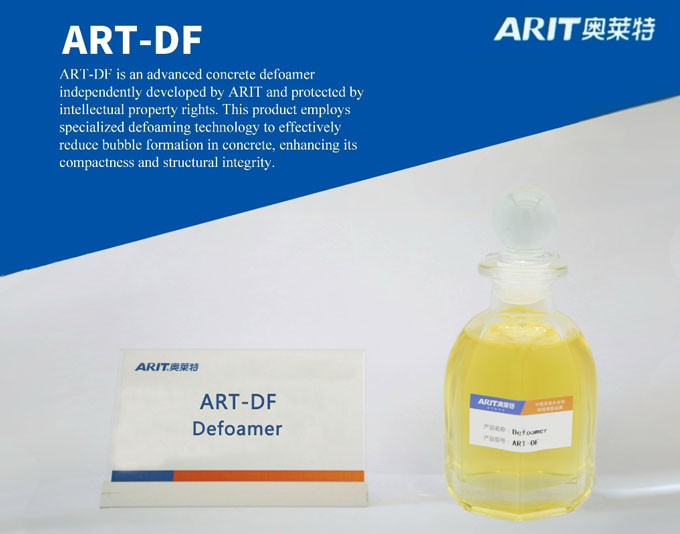Concrete defoamers are essential additives that improve the quality and durability of concrete by eliminating unwanted air bubbles during mixing and application. This guide explores the importance of defoamers in concrete construction, their benefits, types, and how to choose the right product for your project.
A concrete defoamer is a chemical additive used to reduce and eliminate foam in concrete mixtures. Foam can form during mixing due to the entrapment of air, leading to defects such as reduced strength, increased porosity, and compromised durability. Defoamers work by destabilizing and breaking down these air bubbles, resulting in a denser and more uniform concrete mix.
By removing entrapped air, defoamers enhance the density of concrete, leading to increased compressive strength and resistance to environmental factors. This results in longer-lasting structures with reduced maintenance needs.
Defoamers improve the flow characteristics of concrete, making it easier to pour and finish. This is particularly beneficial in complex formworks and areas with dense reinforcement.
The elimination of air bubbles prevents surface imperfections such as honeycombing and pockmarks, leading to smoother finishes and better aesthetic appeal.
By reducing the air content, defoamers help in minimizing shrinkage during curing, thereby reducing the risk of cracking and enhancing the structural integrity of the concrete.
These are effective in a wide range of temperatures and pH levels, providing rapid and long-lasting defoaming action. They are commonly used in various concrete applications due to their versatility.
Known for their high efficiency and environmental friendliness, polyether-based defoamers are biodegradable and suitable for applications requiring low toxicity.
These are cost-effective options that provide good defoaming performance in specific applications, though they may have limitations in terms of environmental impact.
Ready-Mix Concrete: Enhances consistency and reduces defects in large-scale pours.
Precast Concrete: Improves surface finish and dimensional accuracy of precast elements.
Self-Leveling Compounds: Ensures smooth surfaces without air pockets.
Grouts and Mortars: Enhances flowability and reduces voids in repair and anchoring applications.
High-Performance Concrete: Essential for achieving the desired strength and durability in specialized constructions.
When selecting a defoamer for concrete admixtures, consider the following factors:
Compatibility: Ensure the defoamer is compatible with other admixtures and the specific cementitious system used.
Efficiency: Evaluate the defoamer's effectiveness in reducing foam at the recommended dosage.
Environmental Impact: Opt for biodegradable and low-toxicity options to meet environmental regulations and sustainability goals.
Application Conditions: Consider the temperature, pH, and mixing conditions of your project to select a defoamer that performs optimally under those circumstances.
